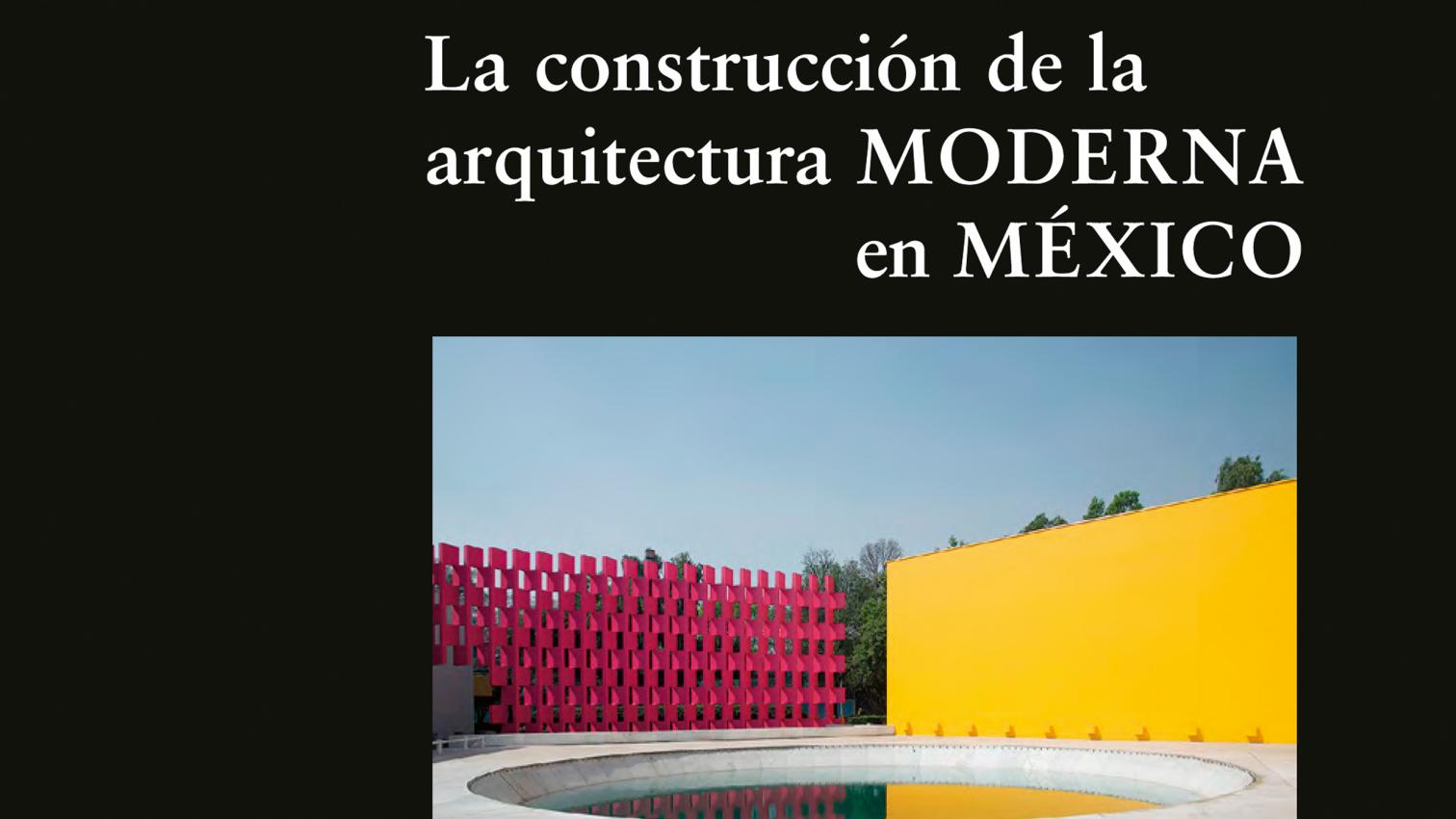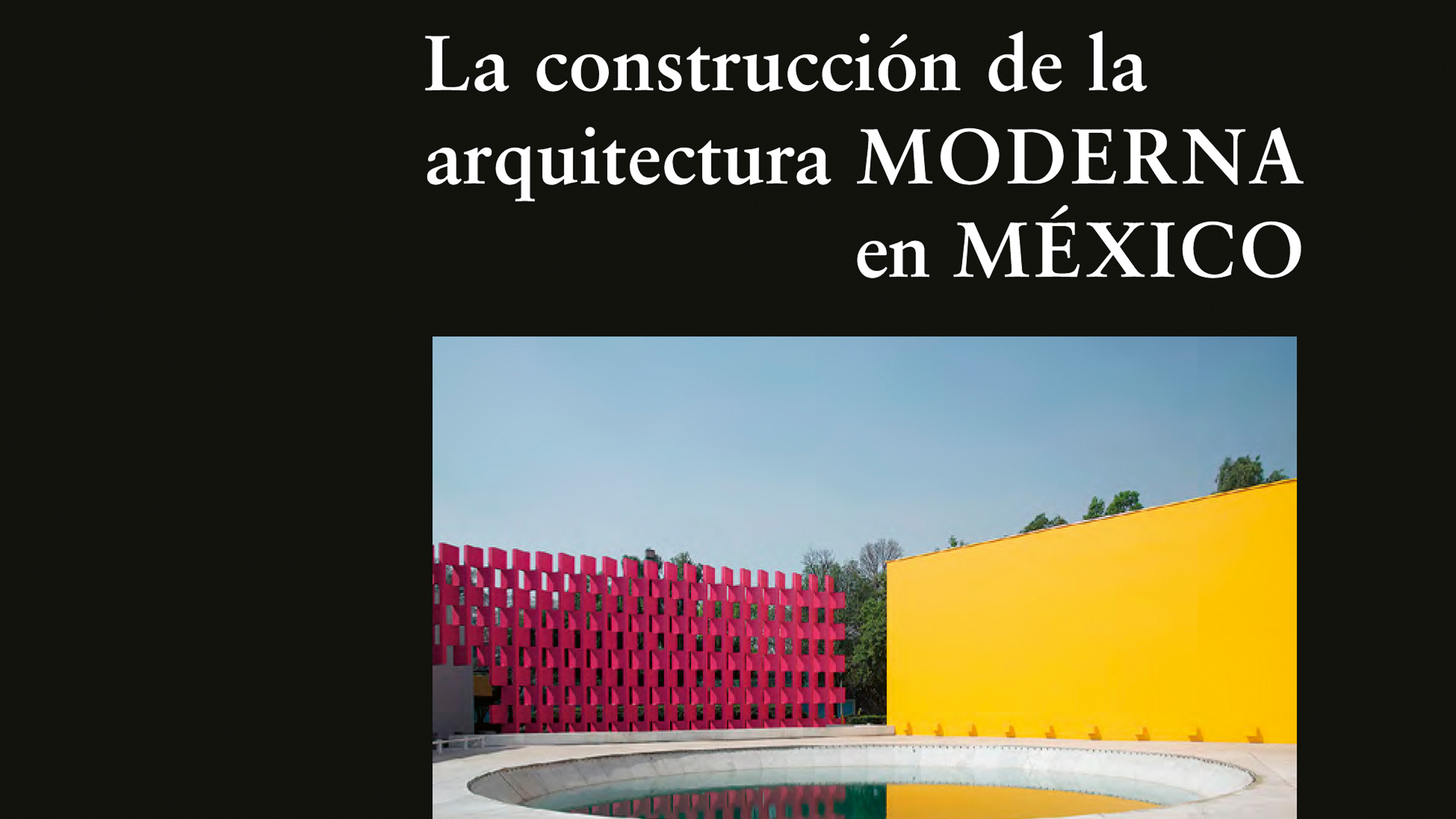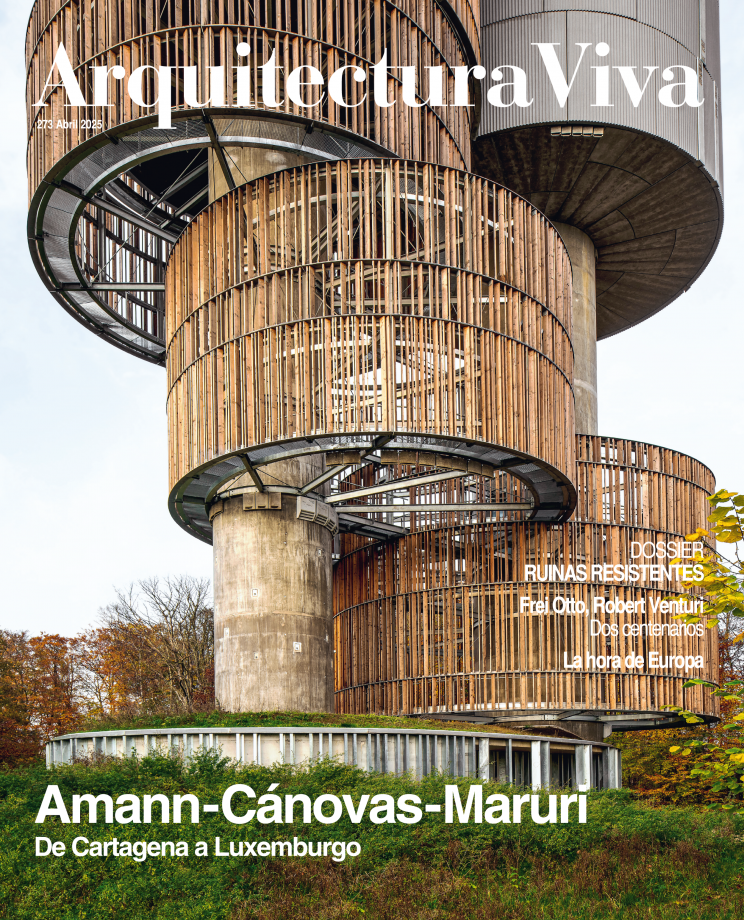
“Mexican Modernist architecture came into its own during the twentieth century… [and] effectively prevailed thereafter. Indeed, the influence of Mexican Modernist architecture… is still alive and well today, shaping the production of current architecture and being embedded in the country’s twenty-first century lifestyles, values and ideals.” With this statement Celia Esther Arredondo Zambrano embarks on an enlightening study of the mechanisms that defined – and still define – the narrative of architectural modernity in Mexico, and which therefore is instrumental to an understanding of how that architecture has been produced – and reproduced – in a context of profound cultural, social, and political tensions.
Far from presenting a chronological or celebratory history, Arrendondo offers an analysis that dismantles dominant discourses, and does this by means of five axes that she herself calls ‘structures of power’: academic discipline, the economic-political apparatus, social status, gender, and the post-colonial situation. Using these vectors she examines the ‘making’ (in the most profound sense of the term) of an architecture that should not be taken as mere form, but as a symbolic, ideological, and cultural product, molded by a system of rules, hierarchies, discourses, and exclusions.
In this context, the author insists on maintaining the making concept not only in the title, but also as a conceptual core of the book. The architecture, she says, comes about neither spontaneously nor naturally. It is a deliberate construct, shaped by discourses, institutions, and historical politics. Its purpose is clear: to help the reader determine what elements were ‘made,’ and then to point out those that have limited modern Mexican architecture and the identity it projects. The objective is not only to understand the past from a critical perspective, but also to trigger a proactive, transformative reflection on the present.
One major success of the book is its balance between theory and testimony. Arredondo leans on thinkers like Foucault, Barthes, or Baudrillard in giving her views solid ground, but also on the voices of thirteen architects who lived in and gave shape to the Mexican 20th century. The interviews with them do not only enrich the analysis, but also reveal the extent to which they were or were not aware of the structures that conditioned their professional and cultural activities. Architecture, taken here as discourse or as a tool of power, is devoid of neutrality and ingenuity.
Originally published in English by Routledge in 2023, The Making of Mexican Modernist Architecture gives Spanish speakers access to an important text. Its coherent structure and accessible style make it a useful aid for students as well as for researchers and professionals in the Latin American architectural, urbanistic, and cultural sphere.
The book is a study on buildings, but also an invitation to shed inherited narratives, to look in from the edges, imagine other ways of constructing – and inhabiting – the communal realm.







